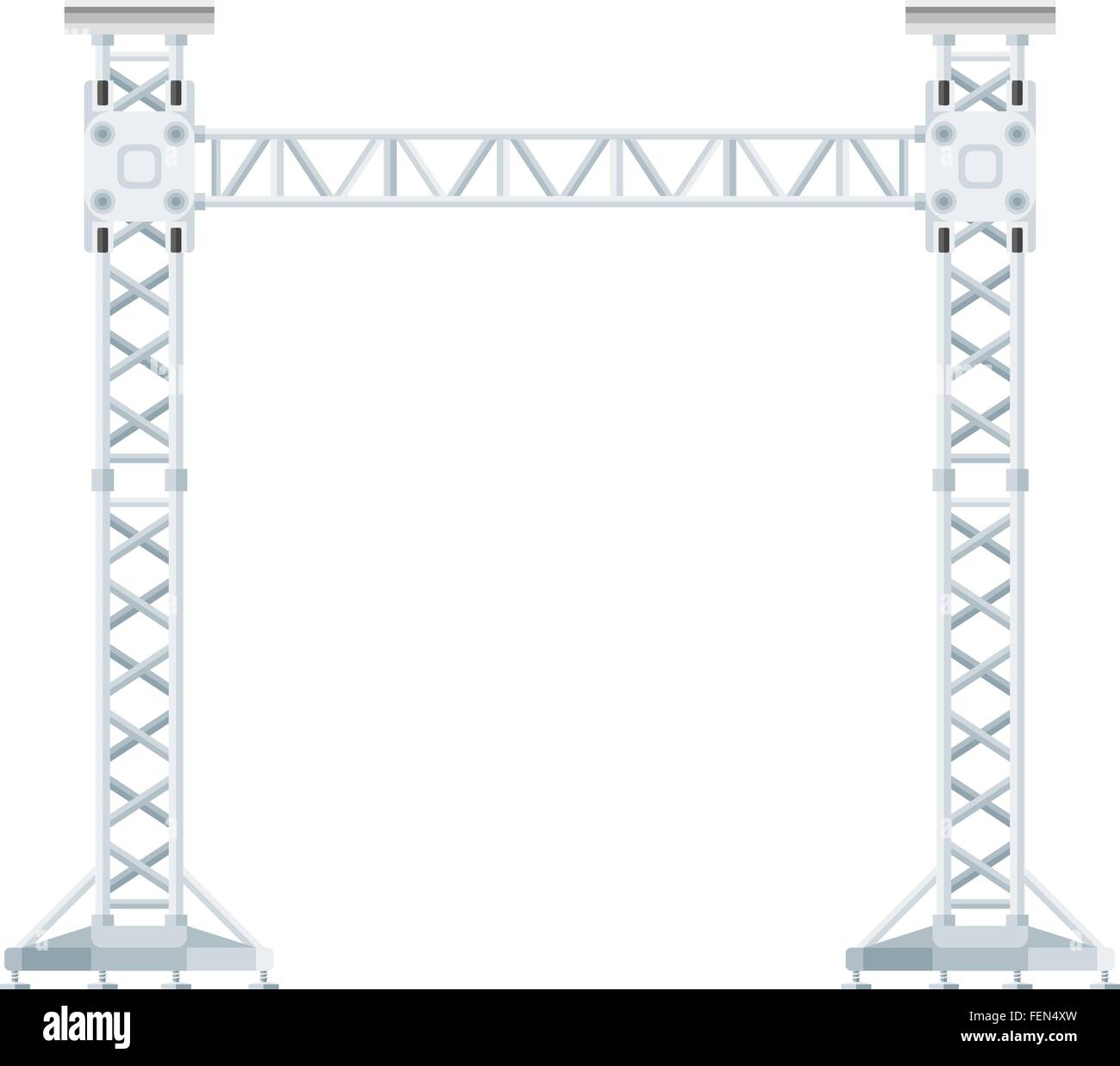

Generally, it’s often best to use a conventional fixture for when a “true white” is must!ģ.) Because of their (much) lower rate of power consumption, it is much easier to find ultra portable battery powered LED units than comparably powerful conventional units. There are TONS of variations of “white” that different fixtures will create different shades of white, and that a longtime complaint among many designers is that LEDs don’t always create a white that is flattering to human skin. There are exceptions (such as the ETC Source 4 or the Elation ACL 360i ) that are designed specifically to give you the benefits of an LED while still providing a true sharp spot beam, but before you make your plans, make sure you that you know whether or not your LED of choice will actually serve well in the function you give it!Ģ.) When you work with LED lighting, you need to understand that “white” doesn’t always mean the same thing that you think it does. Because of the way LEDS are set up, they tend to make a better wash than to create a sharp spot or perfect gobo.
#LIGHT COLUMN STAGE LIGHTING DESIGN HOW TO#
Here are 6 of our favorite tips on how to best use stage LED lights!ġ.) Conventional lights are generally still better for providing a crisp spot beam. You see, LED stage fixtures have a ton of checks in the “Good” column, but they have their own weaknesses as well, and knowing how to properly use them will make all the difference in the world. Well… that depends on what you want to accomplish and whether or not you really know how to use them.

LED’s are always the right choice…aren’t they? They are cheaper to operate, give off less heat, have over 16 million possible color combinations, tend to be more portable, and they generally have less maintenance to keep up with.

The fact that stage led lights are becoming more and more popular is hardly news- a quick glance at any rider, pull sheet, or plot will show you that the low-consumption fixtures are taking over more and more space on every call sheet.


 0 kommentar(er)
0 kommentar(er)
